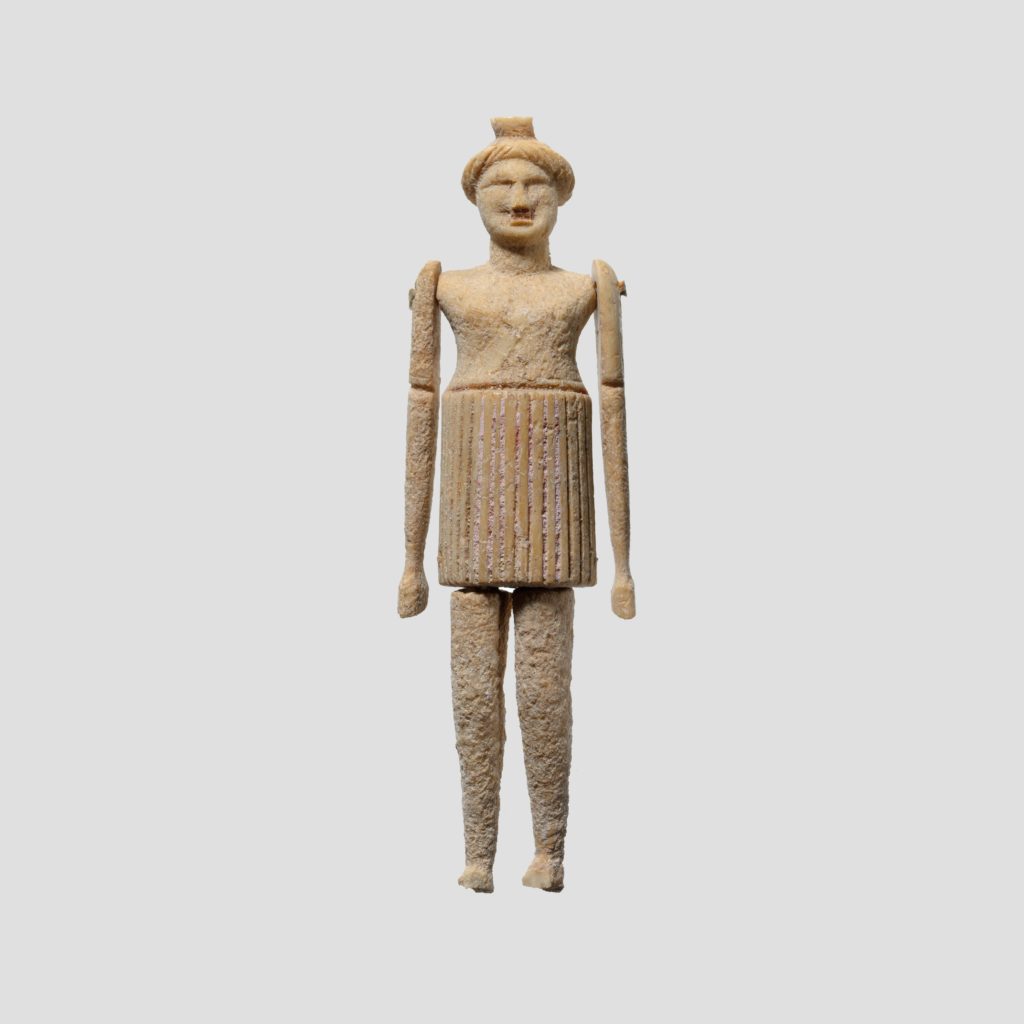
Welcome to Diotíma (v. 3.0), a resource for information on women, gender, sex, sexualities, race, ethnicity, class, status, masculinity, enslavement, disability, and the intersections among them in the ancient Mediterranean world.
Why Diotíma? She’s the sage who taught Socrates the “philosophy of love” in Plato’s Symposium. She’s probably not real. Why docta femina in the site’s address? She’s the educated woman audience of the Roman elegists. She’s not real either. But hopefully through the materials on the site, you can find information about real ancient Greeks and Romans for your research, teaching, and personal interest.
If you are interested in contributing course materials, syllabi, translations, or curated bibliographies, please contact the editor, Serena S. Witzke at switzke@wesleyan.edu. All submissions are subject to approval by the site admin. You can also follow us on Twitter @diotima_v3
A History of Diotíma
Diotíma: Materials for the Study of Women and Gender in the Ancient World (v. 1.0) was launched by Ross Scaife and Suzanne Bonefas in early 1995 and was maintained by Scaife until his death in 2008. The site ceased to be updated after 2011 and the server rights have since lapsed. An archival copy of the old Diotíma and all its materials can be accessed via the Internet Archive’s Wayback Machine at https://web.archive.org/web/20190628224208/http://www.stoa.org/diotima/.
In 2017, the Women’s Classical Caucus took over maintenance of a “new and improved” Diotima (v. 2.0), which may be accessed at https://diotimawcc.wordpress.com/. Some content was migrated from the original Diotíma, but most remained accessible only through the Wayback Machine.
In late 2019 the decision was made to move the website, ad-free, to the home server of the Women’s Classical Caucus. The migration of content from Diotíma v.1.0 and v.2.0 is now complete.

Note: All images are Open Access images in the Public Domain. Most are from The Met’s Open Access collection.